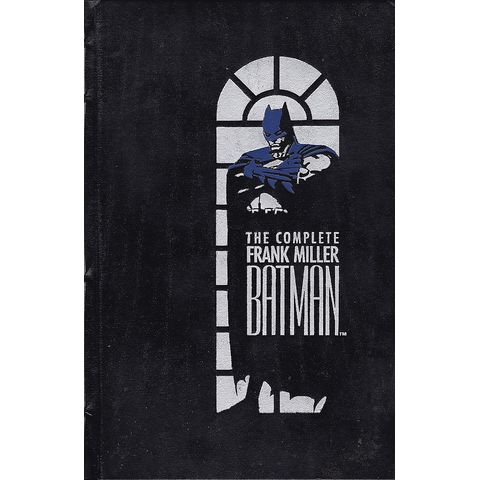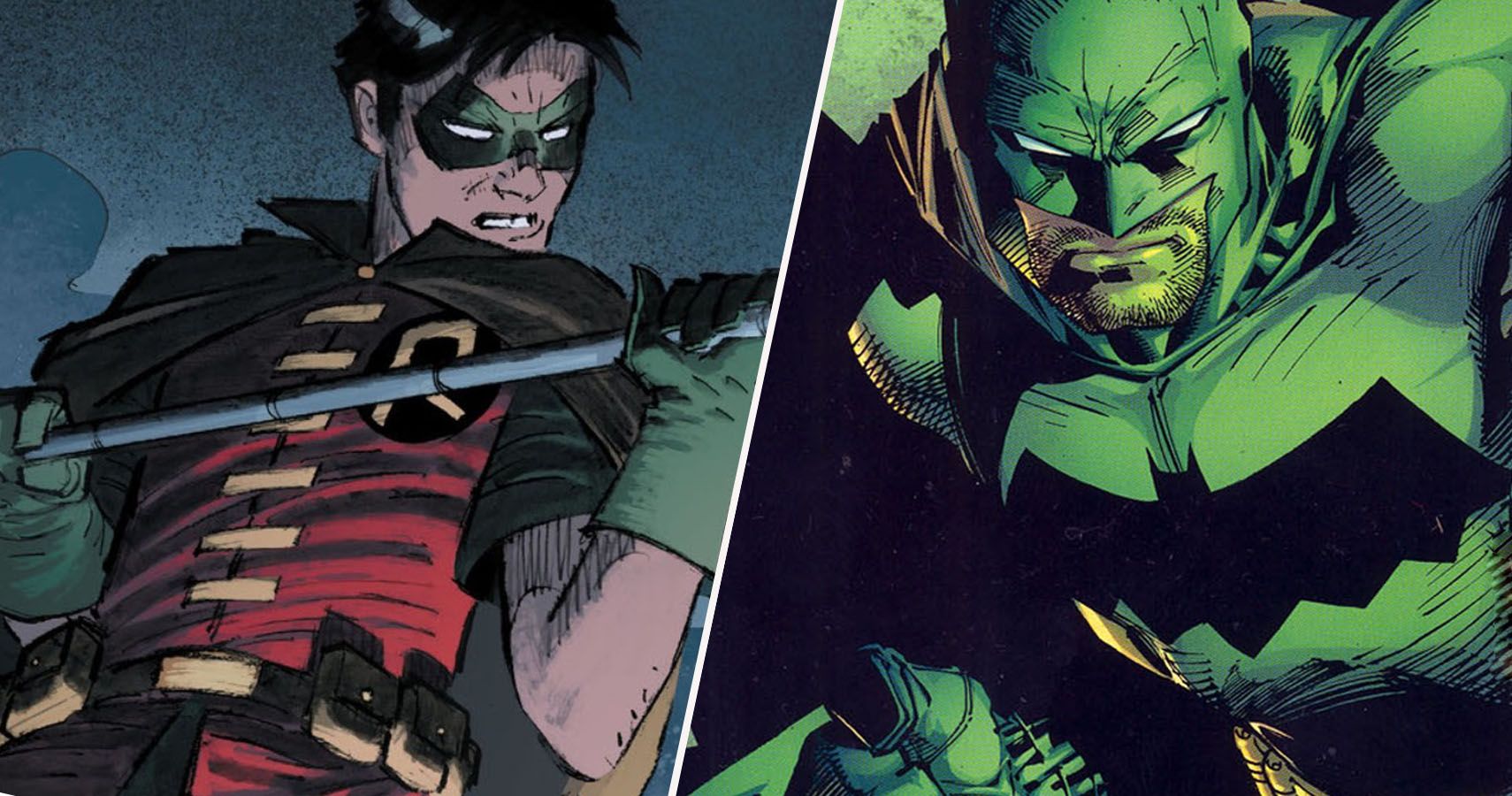


Ever.įrank Miller’s 1998 five-issue miniseries “300” is a fantastical account of the Battle of Thermopylae told from the perspective of the warrior-king Leonidas, one of the Spartans’ greatest heroes. Plus, who could forget that insanely epic fight with Superman? Coolest. This ideological shift towards Batman being neither good nor bad, but inevitable, helped revolutionize a genre largely reliant on pure-hearted heroes who are easily distinguishable from the villains they fight.

He’s not automatically righteous just because he’s in costume in fact, his presence only guarantees more crazies will come out of Gotham’s woodwork. Miller’s Batman is a gun-wielding outlaw who bleeds like any other. The underlying implication throughout Miller’s narrative is that the good-versus-evil trope has no place in comics, nor do the concepts of impunity and invulnerability upon which most heroes rely. For better or worse, every Batman comic and movie since its release has been formulated in its shadow, but that doesn’t mean it’s without controversy - far from it. It returns an aging Batman to his roots as a merciless and uncompromising vigilante, which is how Bob Kane and Bill Finger envisioned him before ABC reduced the franchise to bright colors and cute catchphrases (although in fairness, tons of great writers besides Miller have helped reverse this status quo). For many fans, Frank Miller’s 1986 classic “The Dark Knight Returns” is the definitive Batman story.


 0 kommentar(er)
0 kommentar(er)
